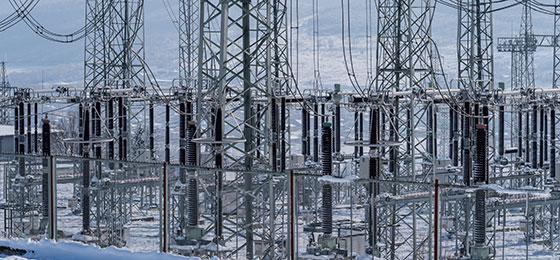Completed project: SwiSS solid-state SiC transformer
Technologies required for highly efficient, silicon-carbide (SiC) based power electronic systems intended for grid applications were developed and their potential application in the Swiss electric grid was studied.
In the NRP 70 joint project “SwiSS solid-state SiC transformer”, technologies for highly efficient power electronic systems were developed on the basis of silicon-carbide (SiC) for grid applications and their possible use in the Swiss electricity grid was investigated, taking an SiC solid-state transformer (SST) as an example.
Under the leadership of Prof. Nicola Schulz from the Institute for Aerosol and Sensor Technology of the University of Applied Sciences and Arts Northwestern Switzerland, the research team has developed several new technologies which contribute to the realisation of efficient, compact and reliable SiC-based power electronic systems have been developed and demonstrated for the first time. The main results include a new analysis method for the SiC/SiO2 interface in SiC metal-oxide-semiconductor field-effect transistors (MOSFET) using free electron laser, an entirely passive and yet powerful cooling method for SiC devices, and the demonstration of an extremely com-pact AC/DC SST based on the latest 10 kV SiC MOSFETs, whose efficiency is unprecedented (AC/DC-stage: 99.1%; DC/DC-stage: 99%). The individual technologies were designed to be compatible with each other in order to facilitate converters that combine all advantages in one system.
Furthermore, potential future applications of SiC SST in Switzerland have been assessed, using the example of a real distribution grid containing 100 transformers. In the event of massive PV integration in accordance with the targets of the Energy Strategy 2050, the researchers recom-mend hybrid transformer technology to simultaneously stabilise medium and low voltage grids, while minimising the overall ecological footprint.

